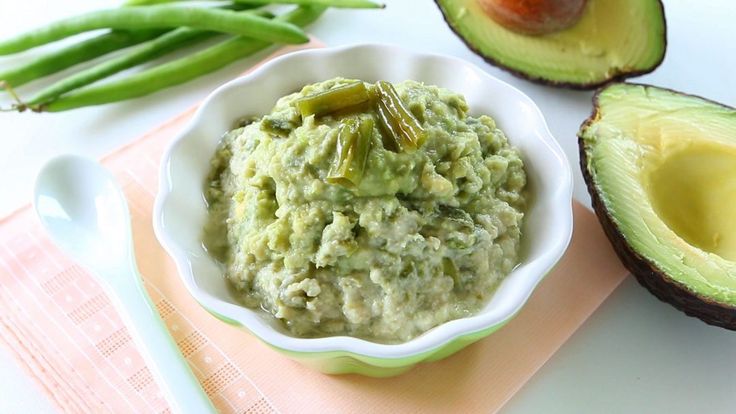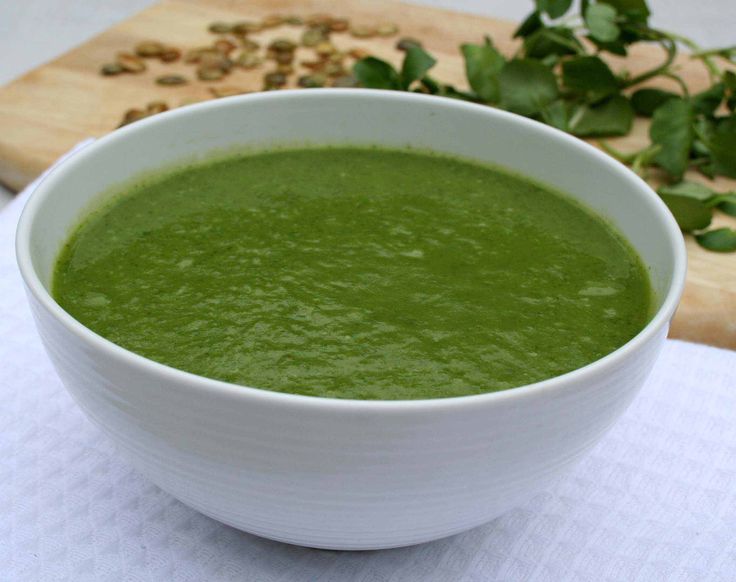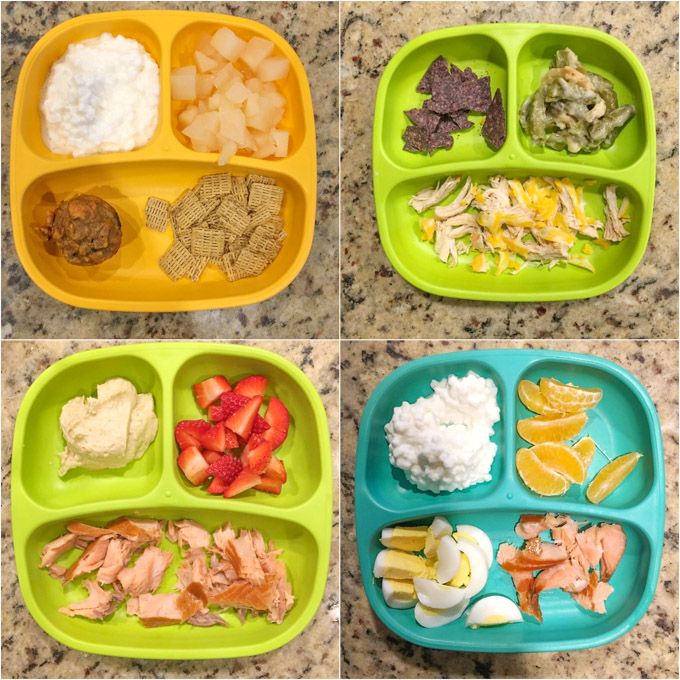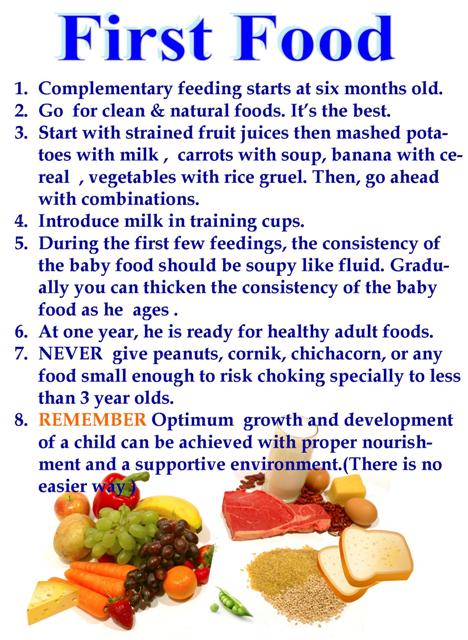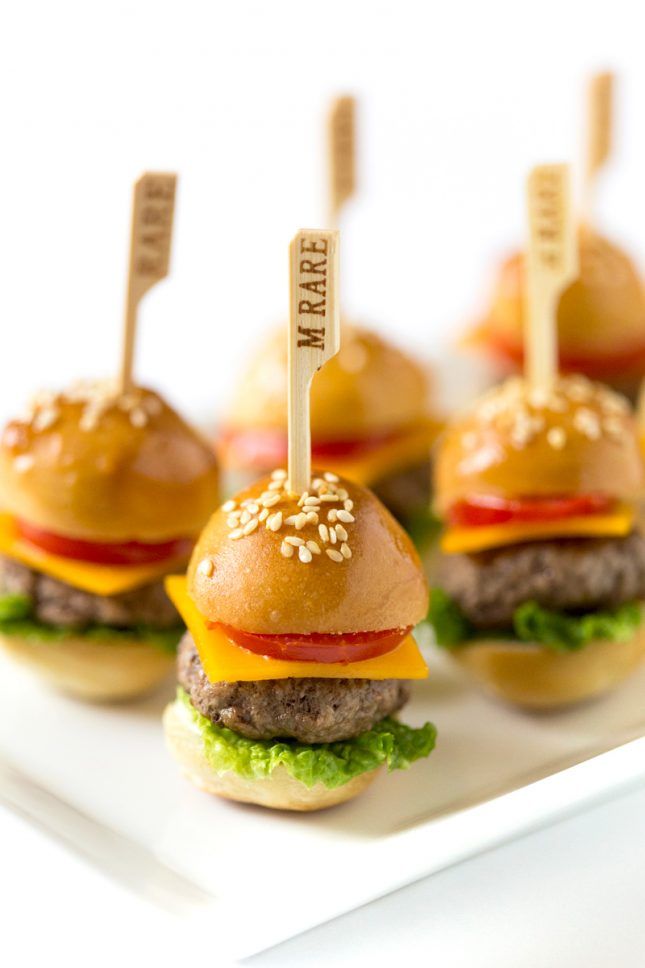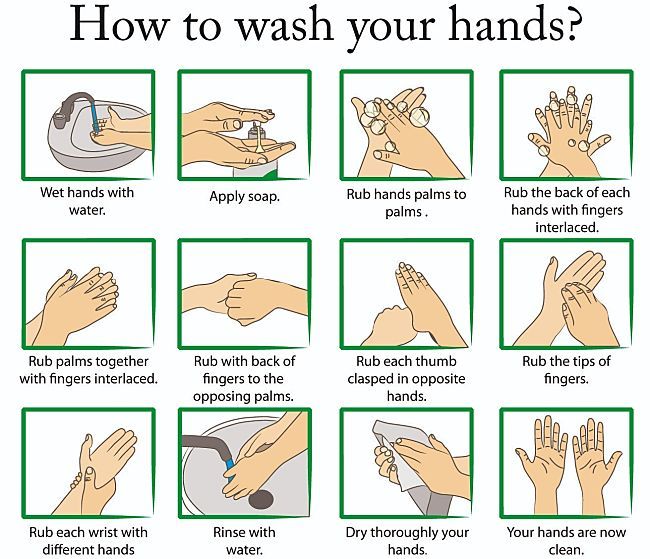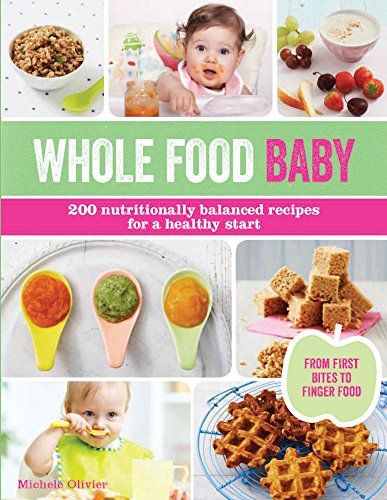Frozen green bean baby food
Green Bean Baby Food (Stage One)
Looking for the first puree to serve your baby? Try this Green Bean Baby Food recipe! Steamed until just tender, this nutritious and smooth puree features a mild taste for your baby’s emerging palette. It’s a great Stage 1 Baby Food for 4-6 months and up.
Medically reviewed and co-written by Jamie Johnson, Registered Dietitian Nutritionist (RDN), and Lauren Braaten, Pediatric Occupational Therapist (OT).
Green Bean PureeHold on ’cause I’m about to tell you something shocking. 😲
This homemade green bean puree is not only full of essential nutrients, but it is also delicious!
I know, this seems hard to believe because pureed green beans as baby food get a pretty bad rap.
But it’s 💯 true! This green bean puree will knock your 🧦 off!
We start with fresh or frozen green beans that are gently steamed to bring out the freshness. Then, we blend them into a velvety and creamy puree for baby. I add a pinch of cilantro, parsley, or basil to this puree to round out the flavor profile, but you can skip that step if you prefer. Because we are using this gentle way of cooking the green beans 💚, their taste doesn’t get aggressive, making it the perfect light puree for your baby’s first bite.
Is it your first time making homemade baby food? If you answered yes, then I suggest you start this journey by reading my in-depth Guide on How to Make Homemade Baby Food. The detailed article goes over all the essential information such as the best cooking tools to have on hand, safe storage, knowing when your baby is ready for solids, introducing purees, making the best first foods for baby, and more! You can also check out my best-selling cookbook for even more information and recipes.
Green Bean Baby Food Video
Watch this video to see how easy this Green Bean Puree recipe is to make!
Reasons to Love this Green Bean Puree- simple and easy to make
- filled with nutrients for a growing baby
- features a gentle taste
- great for babies 4-6+ months
- stage 1 baby food
- freezer-friendly
- smooth and creamy
- aids digestion
- budget-friendly
Make sure to read the recipe card below for full ingredients and instructions!
- Green Beans: You can use fresh or frozen green beans for this recipe.
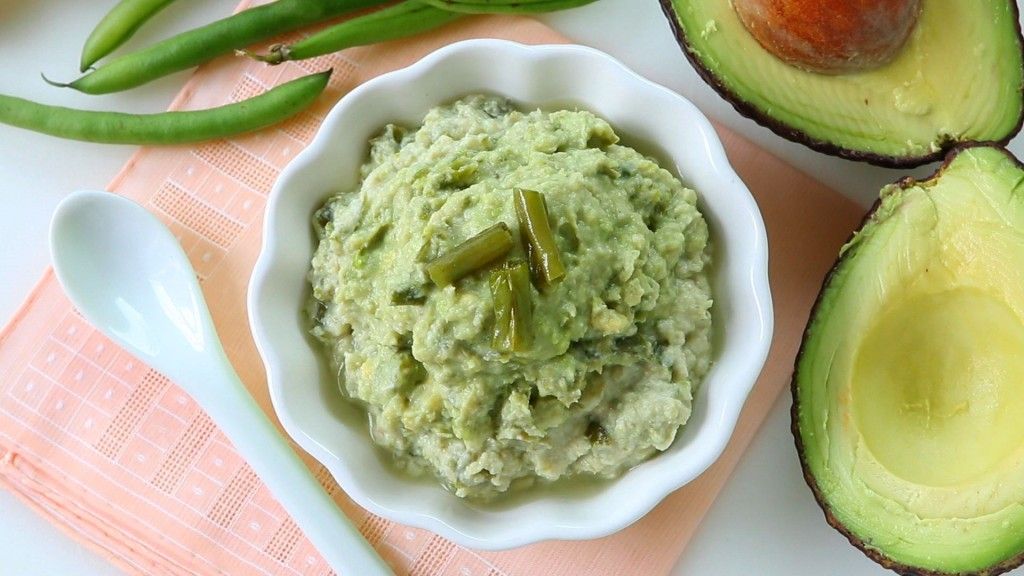
- Herbs: You can add a pinch of cilantro, basil, parsley, mint, or chives to this puree to enhance the flavor profile. While I love the boost of flavor that herbs add to the puree, putting in herbs is completely optional.
- Good source of fiber to help with any digestive issue.
- A great source with vitamin C to help support your baby’s immune system.
- A good source of vitamin K to help strengthen bones.
Want to learn more about the benefits of Green Beans for your baby? Then read the entire Green Bean Profile here.
Green Bean Tip: You can use either fresh or frozen green beans for this recipe. If you want to use organic but are on a budget, try looking for frozen organic green beans in the freezer aisle, which are cheaper than fresh conventional green beans.
- Trim: Roughly trim the green beans. If you’ll be adding herbs, roughly chop them as well.
- Steam: Fill a medium saucepan with 2” of water and bring to boil over medium heat. Place the green beans (fresh or frozen) into a steamer basket over the boiling water, cover, and cook for 10 minutes or until tender. Let it cool slightly — reserve the steamer water.
- Puree: Transfer the green beans and herb to a blender or food processor and puree for 1-2 minutes or until smooth, adding liquid in 1/4 cup increments if needed until you reach your desired consistency.
- Eat: Serve to your baby or freeze for later.
These tools will make it a lot easier for you to make this healthy Green Bean Puree. For more of my favorite kitchen tools make sure to check out my shop.
- Steamer insert with lid
- Blender or Food Processor
- Freezer Tray
- Storage Containers for Fridge
- Stasher Bag
- Bib with catch pocket
- Reusable pouches
Recipe Tips
- Adding Healthy Fats: Adding a teaspoon of avocado, coconut oil, or olive oil wonderfully compliments this green bean puree.
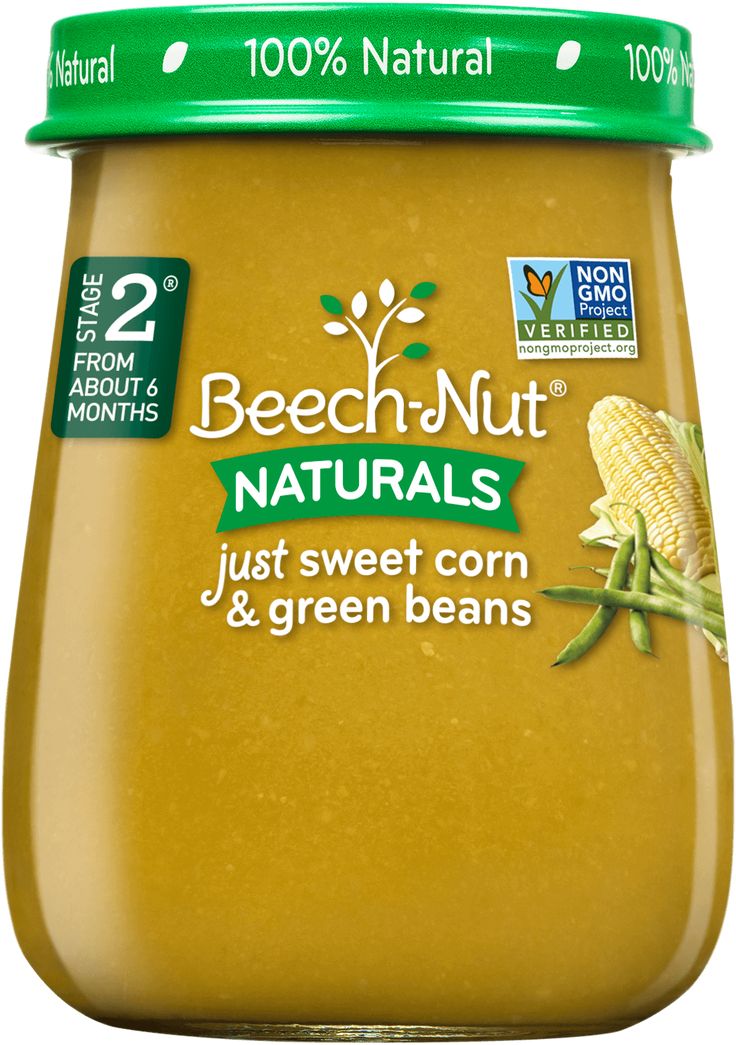 Not only will healthy fats bring out the natural nuttiness of green beans, but they also add healthy fats into your baby’s diet.
Not only will healthy fats bring out the natural nuttiness of green beans, but they also add healthy fats into your baby’s diet. - Fresh or Frozen: Feel free to use fresh or frozen green beans for this recipe.
While I love the crisp and fresh flavor of steamed green beans, there are several ways you can cook green beans for baby food.
SkilletTrim the green beans and then add them to a large skillet that has been preheated with 1 tablespoon of olive oil over medium heat. Cook for 5-7 minutes, add 2 tablespoons of water, cover, and cook for 2 more minutes. Puree in a blender as directed below.
RoastedIf you want the baby puree to have a dense, earthy taste, then roast the green beans instead.
Trim the green beans and then toss with 1-2 tsp of olive or avocado oil on a baking sheet. Cook 425 degrees F for 18-20 minutes, tossing halfway through baking time or until tender when pricked with a fork.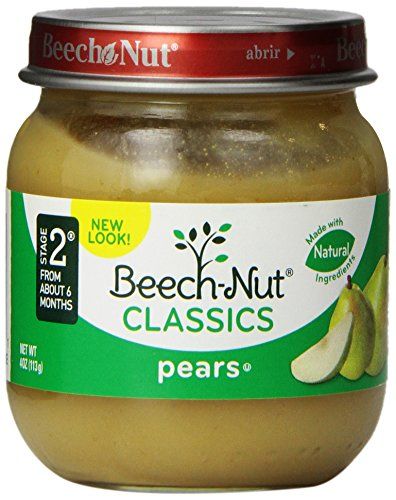 Puree in a blender as directed below.
Puree in a blender as directed below.
Frequently Asked Questions
When can baby eat green beans?
Babies can have green beans as one of their first foods. When a baby can start on solids is determined by their own rate of development, which generally comes between 4-6 months of age. Some of the developmental milestones babies need to reach in order to start solids include: if your baby has solid control of their head and neck, if your baby has doubled in weight, and if your baby is reaching for or opening their mouth when you eat (see my guide here). Before you start baby on purees, you should consult with your pediatrician to make sure your child is developmentally ready.
Can green beans be baby’s first food?
Green beans can 100% be your baby’s first food if you want it to be. It is recommended to wait to introduce the top eight allergen foods to your baby once a few other well-tolerated foods have been introduced, but otherwise, foods can be introduced in any order so choose whatever you are most excited for your baby to have.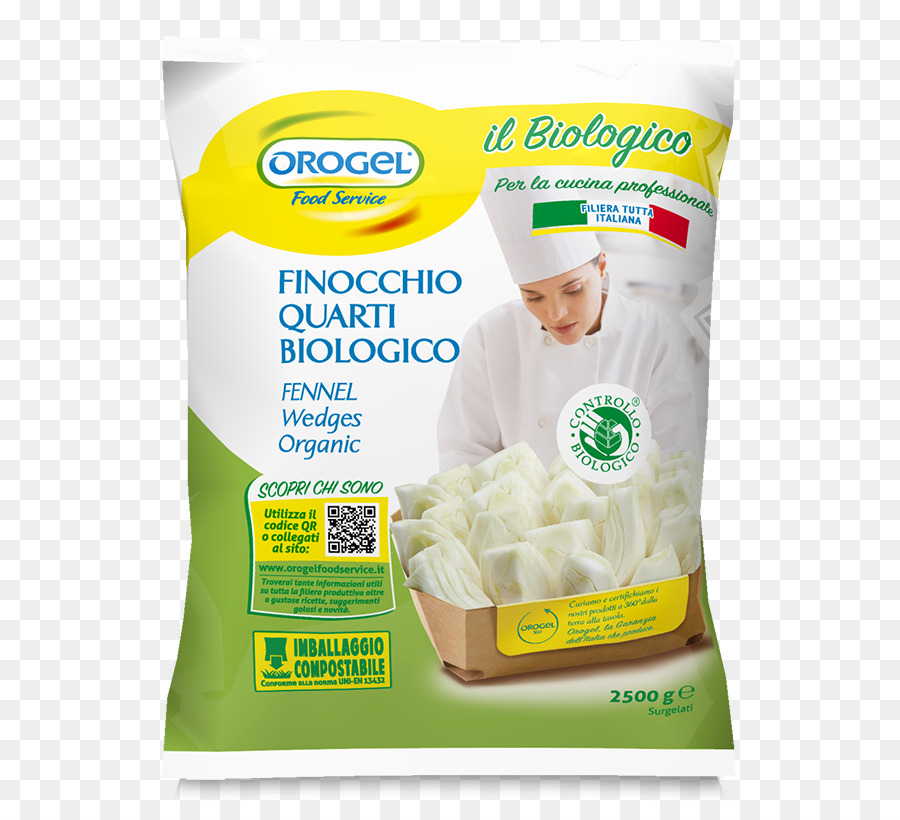
Are green beans a common allergen for baby?
No, green beans are not a common allergen, however, as with any food, start with a small portion and be aware of any signs that might be an allergic reaction after introducing it.
Do green beans cause constipation for babies?
Green beans do not usually cause constipation in babies, and may actually help alleviate constipation due to their high fiber content.
Adding SpicesFeel free to add a big pinch of roughly chopped basil, cilantro, mint, parsley, or chives to this puree before blending.
Coconut Oil: Another great addition to this puree is adding 1-2 teaspoons of organic virgin coconut oil. Healthy fats, such as coconut oil, help aid your baby’s brain development and function, repair torn or strained muscles (great for crawlers), and is great for digestion needs.
How to Store Green Bean PureeRefrigeratorYou can store this puree in an airtight container in the fridge for up to 4 days.
This puree can be frozen for up to 4 months.
- Spoon puree into a freezer storage container. Do not overfill.
- Place the lid on the storage container or cover with a piece of saran wrap — label with the date and recipe name.
- Place the tray into the freezer and let it freeze completely – preferably overnight.
- Pop-out the baby food cubes and place them in a zip-lock baggie or stasher bag. Don’t forget to relabel the baggie or stager bag for future reference.
Need more information on how to store your baby foods? Head over to my Best Baby Food Storage Containers – Plus 6 Tips on Freezing and Thawing post!
Label Tip: Don’t forget to label your purees before you place them in the fridge or freezer with the name of the puree and the date you made it. Take it from me; by the end of the week, you will completely forget what is in your freezer and how long it’s been there.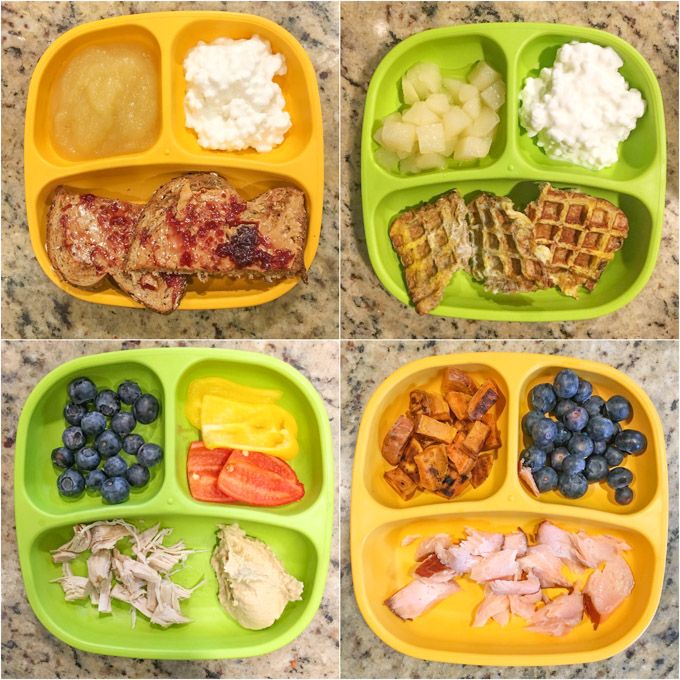 😉
😉
While Green Bean Baby Food is already tasty by itself, you can also easily mix and match it with other nutrient-dense baby food purees. For a Stage Two puree, give these fun flavor combos a try!
- Apples
- Broccoli
- Quinoa Baby Cereal
- Chicken
- Pea
- Softened Tofu
- Yogurt
- Mango
Green Beans for Baby-Led Weaning: Green beans are also a great food to serve to your baby whole for baby-led weaning (6+ months) or as a finger food (9+ months). You can always serve baby a combination of purees and finger foods right from the start.
Puree Feeding Tips
- Follow your baby’s lead – when feeding purees from a spoon, sometimes there’s a tendency to keep offering bites past the point of your baby being full. Always follow your baby’s cues for when they are done eating. Turning away from the spoon, closing her mouth, or pushing food away are all signs that your baby is finished with the meal.

- Try adding a little seasoning or spice to purees – babies like flavor! Or consider changing the temperature of purees from time to time, to slightly warmed or slightly chilled. Varying these aspects adds to the sensory experience!
- Throwing spoons is a common phase that all babies go through at one point or another. One of the best ways to handle spoon throwing is to ignore it and keep feeding your baby as usual (with an extra spoon you already have at the table). If your baby ends up also throwing back up spoons #2 AND #3, simply encourage your baby to eat with their hands until they appear to be finished with the meal. ***Give baby plenty of opportunities to practice putting items in and taking items out of containers outside of mealtimes.
Or watch a shortened version of this video here.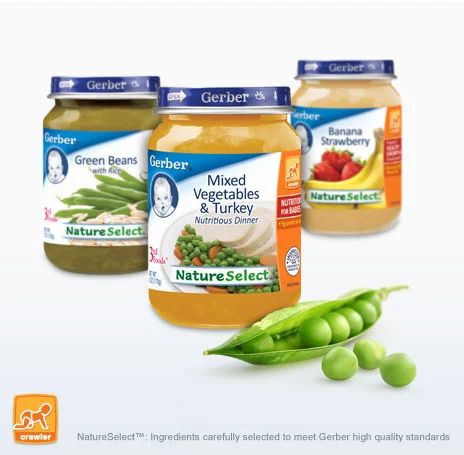
- 1 pound green beans, fresh or frozen
- 1 big pinch of fresh basil, cilantro or parsley, roughly chopped (optional)
Trim: roughly trim the green beans and roughly chop the herb (if using).
Steam: fill a medium saucepan with 2” of water and bring to boil over medium heat. Place the green beans (fresh or frozen) into a steamer basket over the boiling water, cover, and cook for 10 minutes or until tender. Let cool slightly. Reserve steamer water.
Puree: transfer the green beans and herb to a blender or food processor and puree for 1-2 minutes or until smooth, adding liquid in 1/4 cup increments if needed until you reach your desired consistency.
Eat: serve to baby or freeze for later.
Age: 4-6 months and up
Yield: 16 ounces
Storage: Fridge – store in an airtight container in the fridge for up to 4 days or in the freezer for up to 4 months.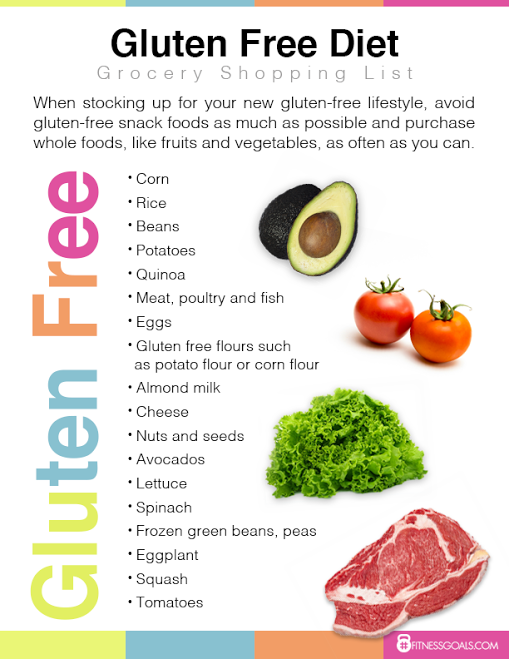
Adding Spices: you can add a big pinch of roughly chopped basil, cilantro, mint, parsley or chives to this puree before blending.
Blender
Freezer Tray
Stasher Storage Bag
Bumkins Grip Plate
Did you make this recipe?
Tag @babyfoode on Instagram and hashtag it #babyfoode!
Pin Recipe Email a Friend
Green Bean Puree: Baby Food Recipe
By Anjali Shah on
This post may contain affiliate links. As an Amazon Associate, I earn from qualifying purchases. Please read my disclosure.
This green bean puree for baby is smooth, creamy and full of vitamins, minerals and fiber. A great first food for babies that you can start at 6 months of age, and it’s a simple recipe that will help your baby get used to less sweet flavors.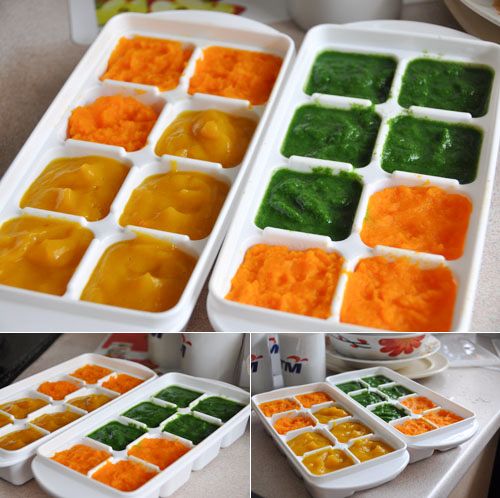
So for the record, my kids weren’t huge fans of green bean puree when I first introduced them to it. They’d gag, cough, make faces… it was actually kind of entertaining even though they weren’t very happy with me for giving them green beans 🙂
But green beans are so great for babies! They are rich in vitamin A and fiber, and they’re a green veggie which is a great way to get babies used to not-so-sweet things. I’d recommend using organic frozen green beans for this recipe – it’s the easiest prep and clean-up wise. It’s simple to make this baby food puree recipe.
Latest Recipe Video!
My trick for getting my kids to eat green beans was to mix it with whole milk organic yogurt! It sounds gross, but for some reason they loved it!
Why This Recipe Works
- Simple and easy homemade baby food recipe
- Healthy green vegetable to introduce to baby
- Less sweet than other baby foods
- Rich in vitamins, minerals, and fiber that baby needs
- Less expensive than store bought baby food
- Makes 12 servings you can easily freeze for later
- No fancy equipment needed
How to Make Green Bean Puree Baby Food
Ingredients and Notes
Frozen Green Beans: I recommend using 2 bags of organic green beans. You can also use organic fresh green beans. You’ll usually see these at the grocery store as “french beans” or “string beans”. When buying fruits and vegetables for your baby it’s important to get organic produce to reduce their exposure to pesticides.
You can also use organic fresh green beans. You’ll usually see these at the grocery store as “french beans” or “string beans”. When buying fruits and vegetables for your baby it’s important to get organic produce to reduce their exposure to pesticides.
Cold Water: The water helps to thin out the puree to make it easy for baby to eat.
Equipment Needed
- Steamer basket or a large pot.
- A high-speed blender or food processor to puree the sweet potato. You don’t need a baby food maker!
- Mumi & Bubi Trays for storing
Step by Step Instructions
Cook Green Beans and Add To Blender: Place the green beans in a steamer and cook for 3 to 5 minutes, over medium heat, or until tender. Drain green beans and place in blender with a little water. The more water you use, the thinner your puree will be. I recommend a couple tablespoons of water to start, you can always add more if needed.
Puree and Store: Puree the green beans until smooth. Pour the pureed green beans into ice cube trays, allow to cool, wrap/cover, and freeze.
Pour the pureed green beans into ice cube trays, allow to cool, wrap/cover, and freeze.
Thaw and Serve: Thaw in the fridge the night before use, or thaw by putting the ice cube in a bowl over a bowl of hot water on the counter to defrost. Serve at room temperature.
Recipe FAQs
Are green beans good for baby?
Yes! Green beans are good for baby! It is a healthy green vegetable full of vitamins, minerals, and essential nutrients. It is particularly high in vitamins A, C, K, fiber folate, potassium, iron, and calcium. Fiber helps with digestion for baby. Vitamin C helps build your baby’s immune system. They are mild in flavor, and most children do not have an allergy to them, thus they are a great food to introduce to your baby at the early stages of solids.
When can babies eat green beans?
Babies can eat green beans during the first stage of introducing solids (around 6 months of age). Make sure that you achieve a good puree so that baby can easily eat and enjoy this healthy green vegetable!
Make sure that you achieve a good puree so that baby can easily eat and enjoy this healthy green vegetable!
What can I add to green beans puree for flavor?
If your baby is not a fan of green beans at first, don’t give up! Both of my kids didn’t like green beans the first few times I served it. However, you can add some flavor to the green beans to make them more appealing to your baby. For my daughter, stirring in a bit of whole milk yogurt helped to give it a creamy texture that she enjoyed. You can also add breast milk or formula instead. As far as different flavors, I recommend a touch of garlic powder, onion powder, ground cumin, or ground coriander.
Do green beans cause constipation or gas in babies?
Foods that are higher in fiber and lower in starch (like green beans) can cause constipation in some children. This is typically because fiber, without enough water, can cause constipation.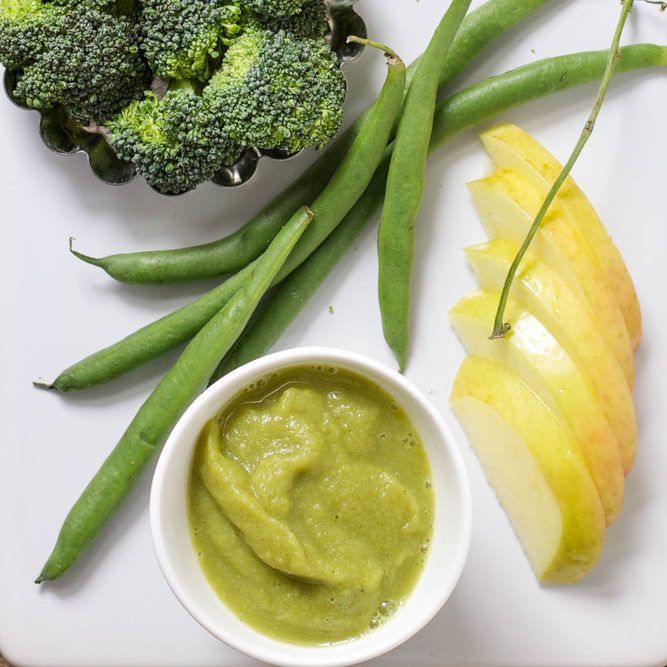 However, not all babies react the same way to the same foods. When eaten in moderation, and when served with a sippy cup of water to drink, green beans should not cause too much gas or constipation. Although I recommend paying attention to how your baby reacts to each food you introduce them to, and adjust accordingly.
However, not all babies react the same way to the same foods. When eaten in moderation, and when served with a sippy cup of water to drink, green beans should not cause too much gas or constipation. Although I recommend paying attention to how your baby reacts to each food you introduce them to, and adjust accordingly.
Variations and Substitutions
Make Other Green Vegetables: Use this same method to make other green vegetables such as broccoli, spinach, and zucchini.
Add Fresh Herbs: Flavor up your green beans by adding fresh herbs to your puree. Cilantro, basil, parsley, mint, or chives can help enhance the flavor and make the green beans more palatable for baby, while also still keeping the puree fresh and healthy for baby!
Add Healthy Fats: Feel free to add some avocado into your puree to increase healthy fats.
Cook in Skillet or Pot: Cook your green beans in a pot or skillet. If you don’t have a steamer, prepare your green beans in pot of skillet.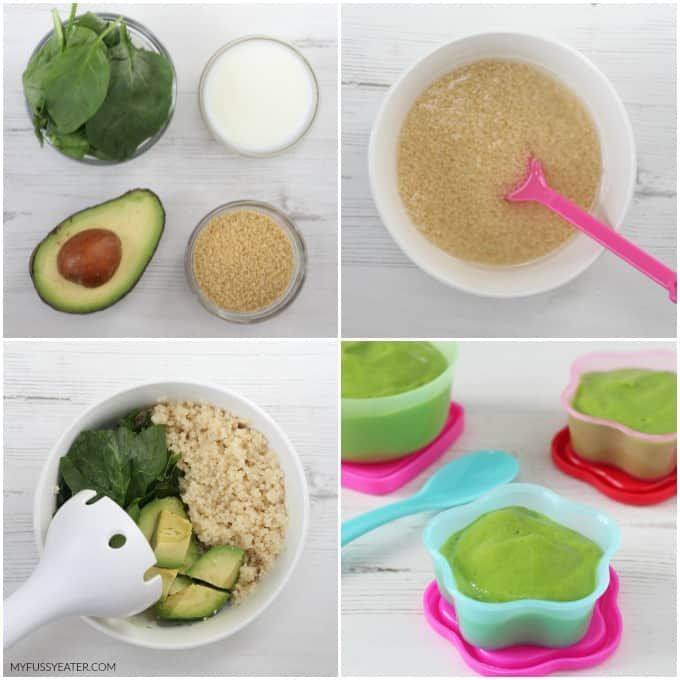 Place frozen green beans in a large pot, add a half cup of water. Cover, and cook the green beans for 5 minutes or until they are softened and cooked through.
Place frozen green beans in a large pot, add a half cup of water. Cover, and cook the green beans for 5 minutes or until they are softened and cooked through.
Roast Green Beans: For a more enhanced flavor, roast the green beans. I recommend roasting with fresh beans vs. frozen green beans. Toss the green beans in 1-2 tsp of olive oil. Place on a baking sheet lined with parchment paper. Roast for 20 minutes at 400 F. Puree in blender with water as directed in the instructions. It will have a stronger flavor.
Make Finger Food: If you are following baby led weaning, or your baby is older and ready for finger foods, then I recommend roasting the green beans according to the directions above, and then letting your baby pick up the pieces and gum them!
Add Breastmilk or Baby Formula: It’s totally fine to mix this green bean baby food with formula or breastmilk immediately before serving. But do not add formula or breastmilk to the puree before freezing it since formula can’t be frozen, and breastmilk has a different frozen shelf life than baby purees do.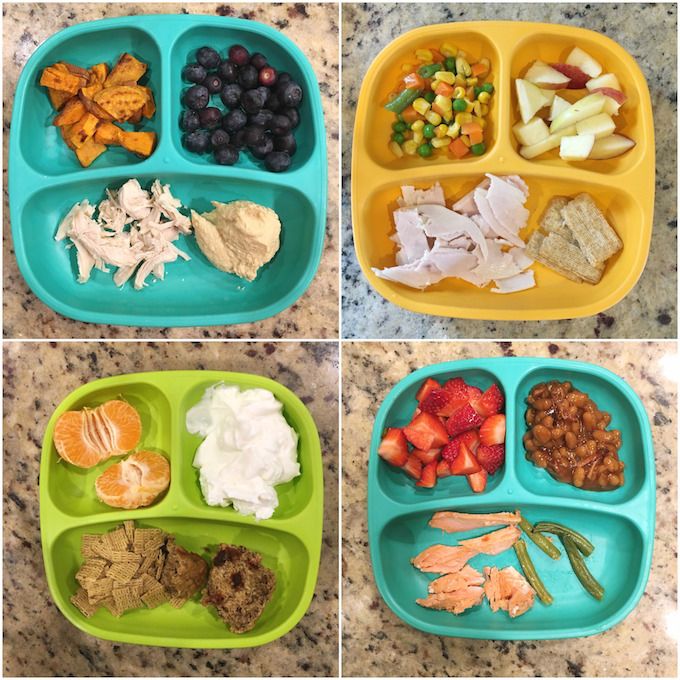
Expert Tips for Making Baby Food
- Use organic green beans to reduce your baby’s exposure to pesticides.
- Use frozen green beans to reduce prep time.
- Make sure to puree your green beans long enough so that you get a completely smooth puree.
- If you steamed your beans, add fresh, filtered water to your blender or food processor before pureeing. Don’t use the same water you steamed your green beans in. If you boiled your beans, then I recommend adding the water you boiled the beans in into the blender, to retain any nutrients that might have leached into the water during the boiling process.
- Freeze in ice cube trays, or baby food trays. You can also freeze them in an airtight container, but you will have to use a few small airtight containers to get individual portions. Keep frozen until ready to use.
- When ready to use your frozen baby food, transfer as many small cubes as you need to the refrigerator to thaw overnight. It will be ready for baby the next day.
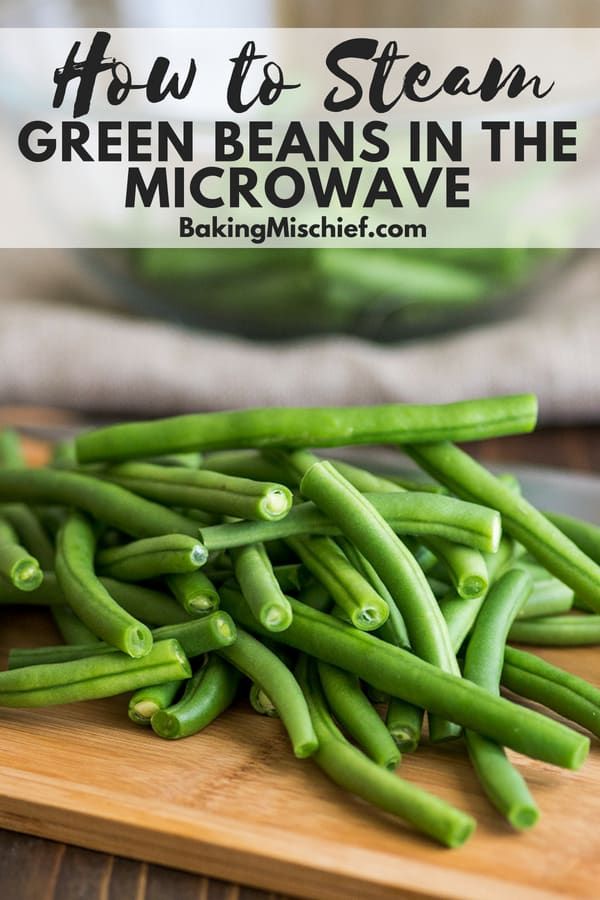 If you’re crunched for time, you can also defrost the cubes in the microwave but watch the temperature so that it doesn’t get too hot and burn your baby’s tongue!
If you’re crunched for time, you can also defrost the cubes in the microwave but watch the temperature so that it doesn’t get too hot and burn your baby’s tongue! - When introducing new foods to your baby, I recommend introducing one new food every 2 days, and then watching for any allergic reactions in the 48 hours after you introduce that food, before moving onto another food.
More Vegetable Purees and Baby Food Recipes!
- 10 Easy Baby Food Recipes for Beginners
- Sweet Potato Baby Food
- Zucchini and Apple Puree
- Butternut Squash Puree
- Pea Puree
- Superfoods for Babies and Recipe Ideas
If you have tried this Green Bean Puree Recipe for your baby, or any other recipe on my blog, then please rate it and let me know how it turned out in the comments below! Then, FOLLOW ME on FACEBOOK, TWITTER, INSTAGRAM, and PINTEREST to see more delicious, healthy, family-friendly food!
Print Recipe5 from 7 votes
Green Bean Puree: Baby Food Recipe
This green bean puree for baby is smooth, creamy and full of vitamins, minerals and fiber. A great first food for babies that you can start at 6 months of age, and it's a simple recipe that will help your baby get used to less sweet flavors.
A great first food for babies that you can start at 6 months of age, and it's a simple recipe that will help your baby get used to less sweet flavors.
Prep Time10 mins
Cook Time5 mins
Total Time15 mins
Course: Baby Food
Cuisine: American, Vegan
Servings: 32 ounces
Calories: 23kcal
Author: Anjali Shah
- ▢ 32 oz bags organic frozen green beans 2 (16 oz) bags
- ▢ 6 oz Water for pureeing use as much as you need for the consistency you want! start with 6oz and work your way up.
- ▢
Place the green beans in a steamer and cook for 3 to 5 minutes, or until tender.
- ▢
Drain green beans and place in blender with water.
- ▢
Puree until smooth.
- ▢
Pour into ice cube trays, allow to cool, wrap/cover, and freeze.
- ▢
Thaw in the fridge the night before use, or thaw by putting the ice cube in a bowl over a bowl of hot water on the counter to defrost.
https://youtu.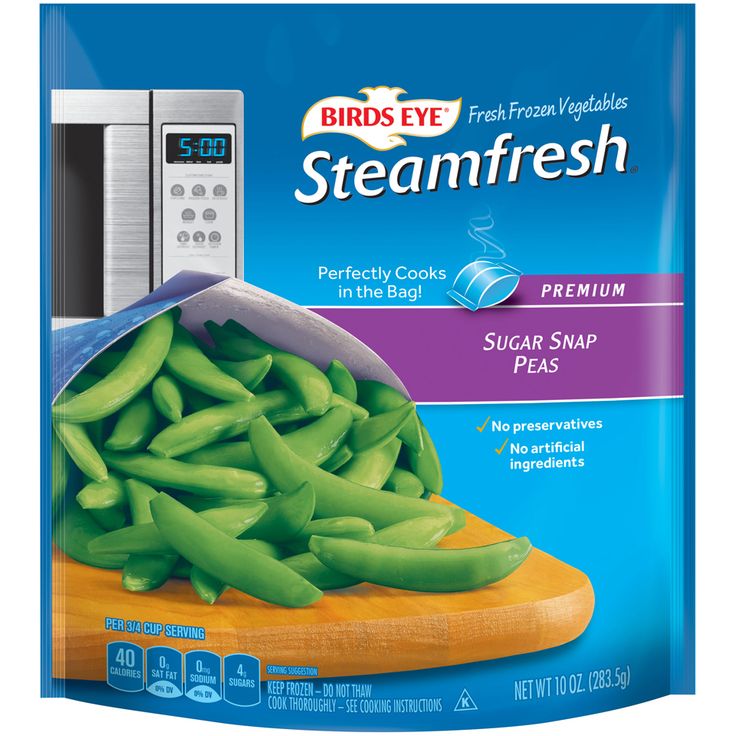 be/GOuh2oDq6YsVideo can’t be loaded because JavaScript is disabled: Green Bean Puree: Baby Food Recipe (https://youtu.be/GOuh2oDq6Ys)
be/GOuh2oDq6YsVideo can’t be loaded because JavaScript is disabled: Green Bean Puree: Baby Food Recipe (https://youtu.be/GOuh2oDq6Ys)
Expert Tips
- Use organic green beans to reduce your baby’s exposure to pesticides.
- Use frozen green beans to reduce prep time.
- 1 ice cube = 1 oz of food
- Make sure to puree your green beans long enough so that you get a completely smooth puree.
- If you steamed your beans, add fresh, filtered water to your blender or food processor before pureeing. Don’t use the same water you steamed your green beans in. If you boiled your beans, then I recommend adding the water you boiled the beans in into the blender, to retain any nutrients that might have leached into the water during the boiling process.
- Freeze in ice cube trays, or baby food trays. You can also freeze them in an airtight container, but you will have to use a few small airtight containers to get individual portions.
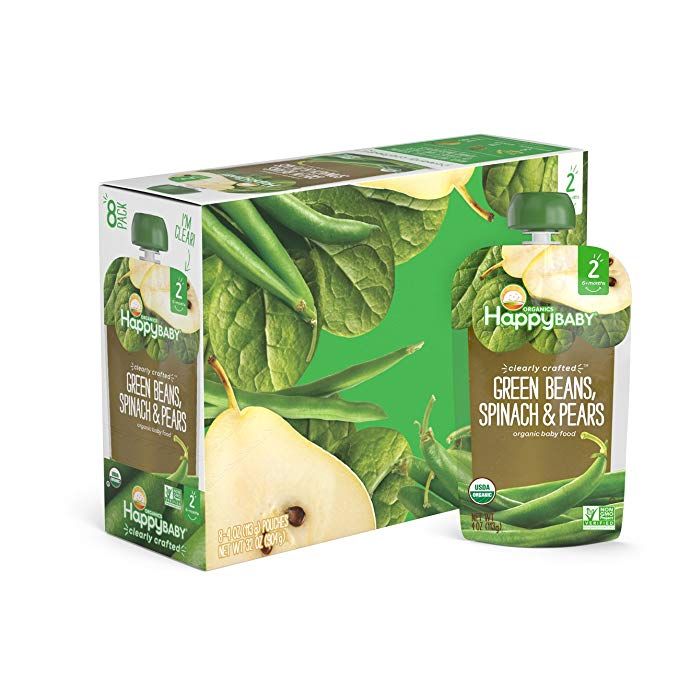 Keep frozen until ready to use.
Keep frozen until ready to use. - When ready to use your frozen baby food, transfer as many small cubes as you need to the refrigerator to thaw overnight. It will be ready for baby the next day. If you’re crunched for time, you can also defrost the cubes in the microwave but watch the temperature so that it doesn’t get too hot and burn your baby’s tongue!
- When introducing new foods to your baby, I recommend introducing one new food every 2 days, and then watching for any allergic reactions in the 48 hours after you introduce that food, before moving onto another food.
Calories: 23kcal | Carbohydrates: 5g | Protein: 1g | Fat: 1g | Saturated Fat: 1g | Sodium: 5mg | Potassium: 160mg | Fiber: 2g | Sugar: 2g | Vitamin A: 522IU | Vitamin C: 9mg | Calcium: 28mg | Iron: 1mg
String beans recipes for children
Contents
- 1 What is in beans?
- 2 Useful properties
- 3 Harm from eating beans
- 4 When and how to introduce beans into the child's diet
- 5 Storage and proper selection of beans
- 6 Red, white, black - what's the difference?
- 7 Bean recipes: simple and healthy
- 7.
 1 Puree soup
1 Puree soup - 7.2 Beans with meat
- 7.3 Vinaigrette
- 7.4 Baked eggplant with beans
- 7.
- 8 Conclusion
- 9 Bean dishes are very healthy due to the content of valuable vegetable protein and fiber. So be sure to choose something from our recipes for your baby.
- 9.1 Green pea cream soup (from 1.5 years old)
- 9.2 Vegetable platter (from 1.5 years old)
- 9.3 Green bean soup (from 2 years old)
- 9.4 Green beans with garlic years)
With the birth of a baby, every parent thinks about the correctness of his diet, the composition of products and their role in the diet. In this article you will find information about legumes - how to properly introduce them into baby food, about green beans, the benefits and dangers of this product.
The nutritional value of legumes is compared with meat. Beans differ from meat only in their low fat content. Despite this, bean dishes are always satisfying.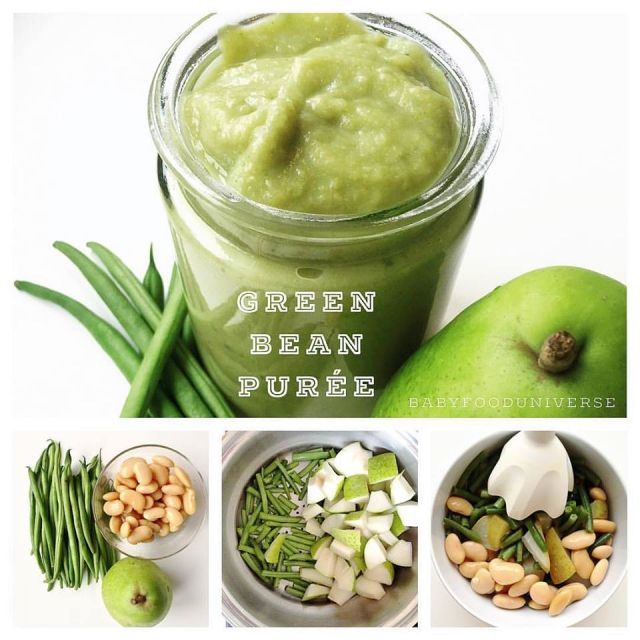 You can cook it not only by preserving it in a tomato, there are many recipes for beans for first courses, side dishes and salads.
You can cook it not only by preserving it in a tomato, there are many recipes for beans for first courses, side dishes and salads.
There are more than 200 types of green beans in the world.
What is in beans?
100 grams of this product has an average of 250 kilocalories.
Of the food elements in the beans, the largest amount of protein.
Benefits
Legumes are considered dietary due to their low fat and high protein content. Green beans saturate the body with energy. For children who cannot eat meat, bean protein is the best option to replace animal protein. It is quickly absorbed by the body, the dietary fiber contained in the beans improves the digestion process.
Carbohydrates do not affect weight gain, are slowly broken down and do not lead to an increase in blood sugar.
Potassium and magnesium help to strengthen the cardiovascular system and are essential for proper heart rhythm.
Vitamins from group B are important for the functioning of the nervous system.
For children with hyperexcitability, beans will act as a sedative.
Beans also have a diuretic property and have a positive effect on the functioning of the kidneys.
Amino acids speed up metabolism and are important for the proper functioning of the liver. And also beans are a hypoallergenic product, so it can be given to children without fear of a negative reaction of the body.
Harm from eating beans
A large portion or frequent use of beans can cause bloating and constipation in a baby. The accumulation of gases in the intestines may be accompanied by painful sensations.
When and how to introduce beans into a child's diet
The recommended age to start eating beans is 8 months. To begin with, they use young green beans with the already familiar vegetable puree.
You can combine beans with broccoli, cauliflower, potatoes.
The maximum number of beans consumed per week is 2 servings.
Start your acquaintance with a new product with half a teaspoon of puree. Bean storage and selection
Bean storage and selection
The beans must be free of stains, no signs of decay. If you buy frozen green beans , then choose the product with the least amount of ice.
Store beans in sealed containers, out of direct sunlight. Under these conditions, the beans can stand for 6 months.
Red, white, black - what's the difference?
The main difference between white, black and red beans is in the nutritional content. In general, nothing hyper-different, but in some variety there are less than some micro- and macroelements, and in some - more.
Folic acid is found more in black beans, so it is good for those who suffer from anemia.
Vitamin C predominates in white beans, they strengthen the immune system. Also, white beans win in terms of the amount of iron and calcium.
See also: DIY Christmas tree craft
Conclusion
Legumes contain not only protein, but also a valuable complex of micro and macro elements and vitamins that are important for the body.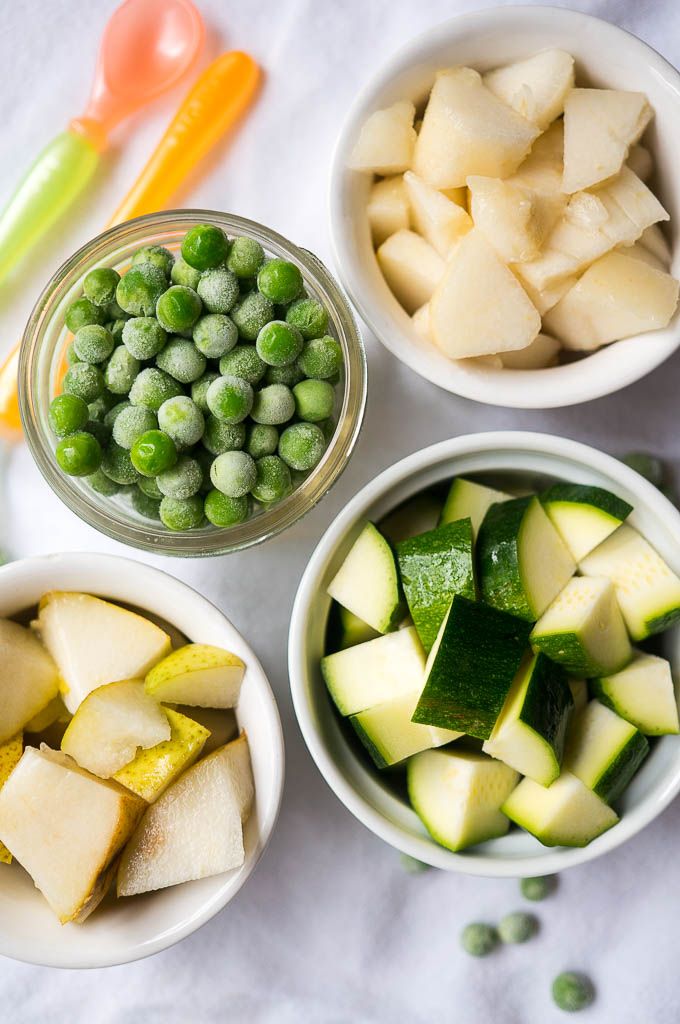 Therefore, beans must be present in the diet of the child, it will charge your baby with health and energy.
Therefore, beans must be present in the diet of the child, it will charge your baby with health and energy.
There are many recipes with beans: soups, side dishes and so on. Of course, you can go beyond them and combine your baby's favorite foods with beans.
Dear readers, share the link to the article with your friends on social networks and write comments.
String beans are not among the most popular vegetables for babies. But in vain! Legumes are included in the list of hypoallergenic foods that pediatricians recommend introducing into complementary foods from 9months. There is only one caveat - the beans must be young. Young pods are soft light green or even yellow. In adult pods, the fibers are too coarse for the delicate children's intestines.
Green bean pods contain many trace elements useful for a growing organism: vitamin E, carotene, iron, calcium, magnesium, iodine, phosphorus, magnesium, as well as many easily digestible proteins. What and how can children cook from young beans?
What and how can children cook from young beans?
from 9 months
Ingredients:
- green beans,
- carrots,
- potatoes (about the same),
- water
- butter or olive oil.
Preparation:
Peel and wash potatoes and carrots. Cut potatoes into cubes and rinse again. Grate carrots on a coarse grater. Rinse the bean pods, you can pour over boiling water.
Cover the vegetables with water, add a little olive oil and cook until tender. Drain the water and make a puree. Add some butter, baby milk. For children over 1.5 years old, you can not pass through a blender, and cut the beans when cooking.
from 8 months
Ingredients:
- 100 grams of chicken,
- young beans in pod,
- 1 potato,
- water,
- olive oil
Preparation: Boil everything with a little oil until soft.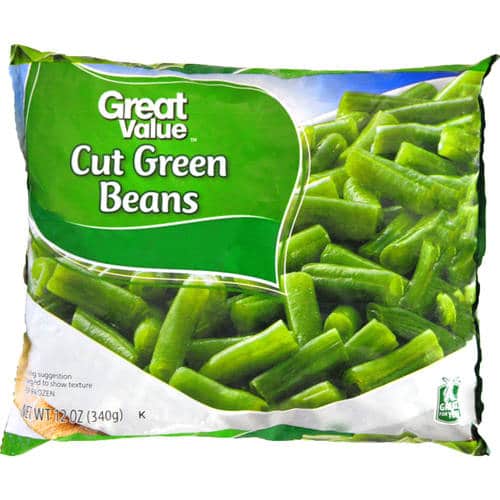 Place the boiled chicken meat and beans with a part of the broth in a blender and grind until a smooth cream. Add separately boiled potatoes, softened with a fork. You can add baby milk. For children over 1.5 years old, you can not pass through a blender, and cut the beans when cooking.
Place the boiled chicken meat and beans with a part of the broth in a blender and grind until a smooth cream. Add separately boiled potatoes, softened with a fork. You can add baby milk. For children over 1.5 years old, you can not pass through a blender, and cut the beans when cooking.
from 9 months
Ingredients:
- 500 grams of chicken,
- 1 small carrot,
- 1 small parsley root,
- 5-7 young beans,
- 1 small potato,
- 1 tablespoon oatmeal.
Preparation:
Cook chicken broth with roots. Strain the finished broth, disassemble the meat. Put a tablespoon of oatmeal and vegetables into the broth. Cook until ready. Then add chicken meat. For children under 1.5 years old, pass through a blender.
Ingredients:
- Boiled rabbit meat,
- spinach,
- green beans.
Preparation: Wash beans, cut into 1 cm pieces, boil. When the beans are soft enough, add them to the pot with the rabbit meat and a little broth. Cook over low heat, immediately after boiling, add the washed spinach leaves (about a handful). When everything is ready, mash with a fork and add a little oil.
When the beans are soft enough, add them to the pot with the rabbit meat and a little broth. Cook over low heat, immediately after boiling, add the washed spinach leaves (about a handful). When everything is ready, mash with a fork and add a little oil.
Bean dishes are very healthy due to the content of valuable vegetable protein and fiber. So be sure to choose something from our recipes for your baby.
Many baby food manufacturers produce baby food that combines green peas, green beans, green beans with various additives or pure. The pediatrician will advise you at what age you can start feeding the baby from these jars. And starting from the middle of the second year of life, you can already cook these vegetables for the little one yourself.
The secret of a delicious legume dish lies in the correct technology of their preparation. Dip fresh or frozen peas, like asparagus beans, should only be boiled in unsalted water. And you need to cook them over high heat, without covering the pan with a lid.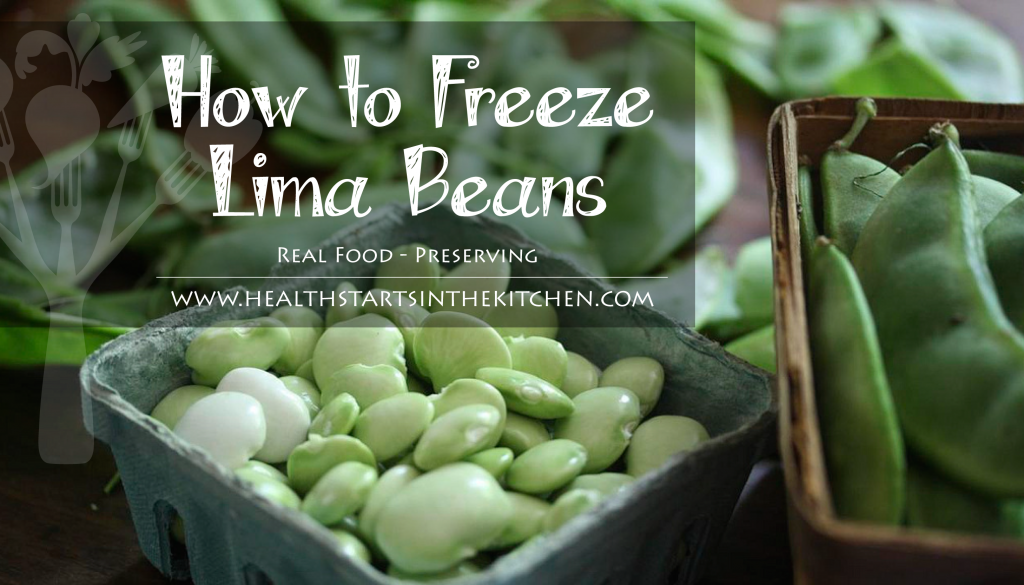 If the water boils away prematurely during cooking, do not add cold water - only boiling water. Salt should be added only a few minutes before the end of cooking. You should not cook legumes in an acidic environment, for example, along with tomatoes or sauerkraut. Add these vegetables at the very end of cooking.
If the water boils away prematurely during cooking, do not add cold water - only boiling water. Salt should be added only a few minutes before the end of cooking. You should not cook legumes in an acidic environment, for example, along with tomatoes or sauerkraut. Add these vegetables at the very end of cooking.
Creamy green pea soup (from 1.5 years old)
Ingredients:
- 200 g of frozen peas
- 50 g curd
- 2 tbsp. spoons of sour cream
- salt
- dill greens
Preparation:
- Boil 500 ml of water, pour the peas into a saucepan, boil until soft and cool slightly.
- Then add cottage cheese and sour cream to the same saucepan, gently beat everything with a mixer until creamy.
- Sprinkle the soup with dill and green peas when serving.
Assorted vegetables (from 1.5 years old)
Composition:
- head of cauliflower
- 1 carrot
- 1/2 cup each green peas and beans
- salt
Preparation:
- Separate the cauliflower into florets and boil.
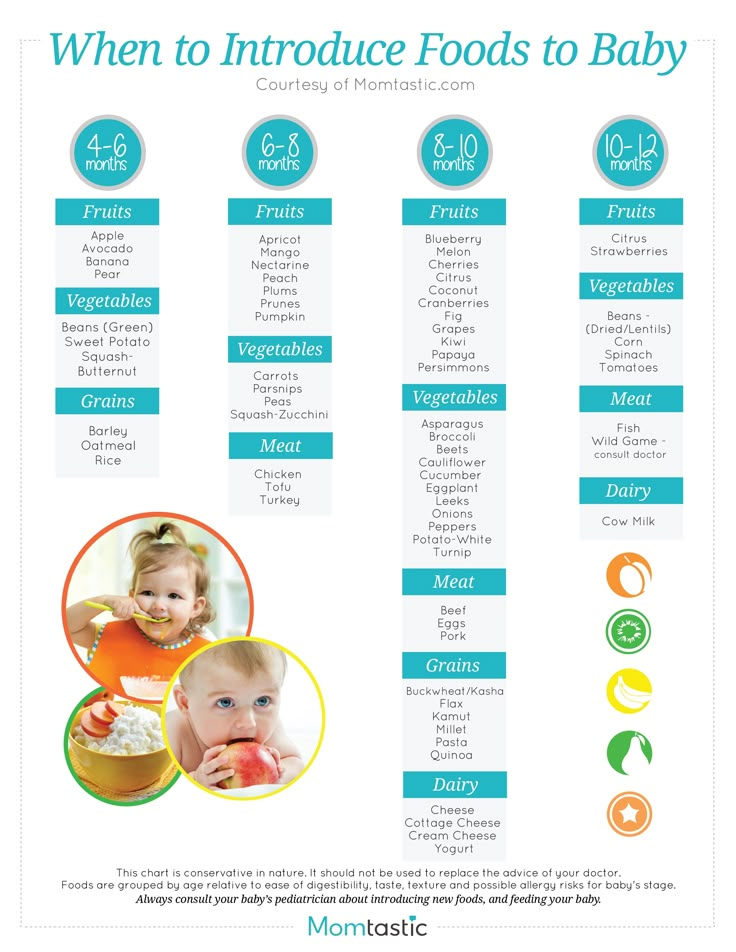
- Fry carrot cubes in vegetable oil.
- Place all vegetables in a saucepan, add green peas and green beans, pour in some boiling water.
- Season with salt and simmer covered for 15 minutes.
Green bean soup (from 2 years old)
Ingredients:
- 1 l. water
- 2 potatoes
- 1 bulb
- 1 carrot
- 200 g asparagus beans
- sour cream
- parsley
Preparation:
- Put chopped onions and potatoes into boiling water.
- After 15 minutes, add the green beans cut into 2-3 pieces and carrots, grated on a coarse grater. Boil for 15-20 minutes. At the very end, put parsley.
Green beans with garlic (from 2 years old)
Ingredients:
- 250 g green beans
- 2 garlic cloves
- 2 tbsp. spoons of sour cream
- 10 g butter
- salt
Preparation:
- Boil green beans in salted water, cool and cut.

- Mince the garlic and fry lightly in butter.
- Then add beans and sour cream, salt, bring to a boil and remove from heat.
- Author: Maria Sukhorukih
Rate this article:
(0 votes, average: 0 out of 5)
Share with friends!
Frozen green beans in a pan recipe with photo step by step
Frozen green beans in a pan
Unfortunately, you have Javascript turned off or not working . To work with most of the functions on our site, this is a necessary element. Contact your administrator to resolve this issue.
Composition/ingredients
2
Change composition
servings:
Step by step cooking
Cooking time: 20 min PT20M-
Step 1:
How to pan fry frozen green beans? Prepare food.
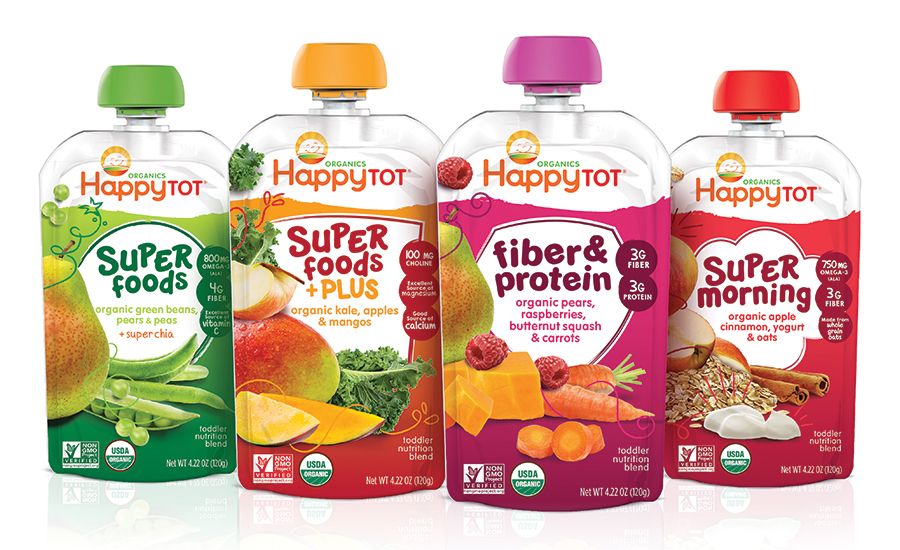 Beans can be used both purchased and from your site. When buying beans in a store, be sure to check the expiration date, the bean pods should be easily separated from each other, not stick together into one lump.
Beans can be used both purchased and from your site. When buying beans in a store, be sure to check the expiration date, the bean pods should be easily separated from each other, not stick together into one lump. -
Step 2:
Defrost beans. How to defrost string beans? This can be done in two ways. Put it in a bowl and put it in the refrigerator so that it thaws gradually. This option is suitable if you need to cook beans for breakfast. For urgent preparation, pour boiling water over frozen beans, it is more convenient to do this by putting the beans in a colander. In no case should it be kept in warm water, otherwise most of the vitamins will die.
-
Step 3:
As a rule, beans from the store in bags are frozen already washed and cut into pieces. If the bean pods are long, then cut them into small pieces that will be convenient to cook and eat. Pour water into a saucepan, add a pinch of salt, bring it to a boil. Carefully lower the beans into the boiling water.
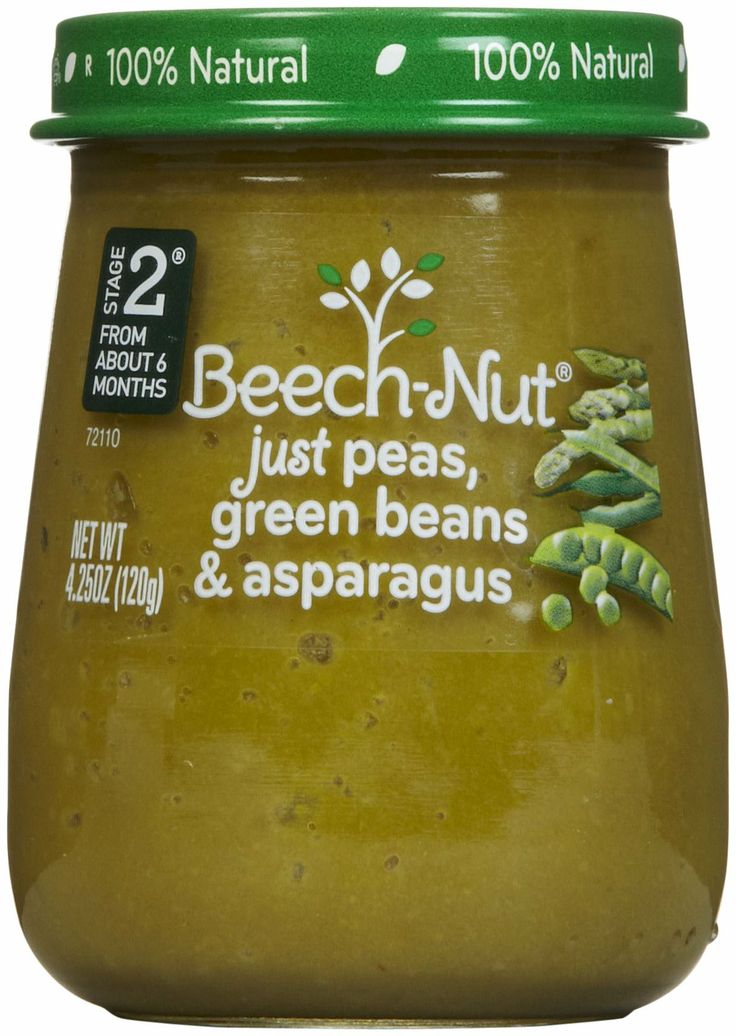
-
Step 4:
Reduce the heat to medium and simmer the beans for about 5 minutes, until al dente. In general, beans do not tolerate prolonged heat treatment, its taste will deteriorate, and useful components will disappear. Drain the water from the pot by placing the beans in a colander.
-
Step 5:
Peel the garlic cloves. Slice a part of the garlic, and finely chop the other with a knife or pass through a press.
-
Step 6:
Pour a couple of tablespoons of olive oil into a frying pan and heat it well over medium heat. Put garlic slices into the oil, let it brown so that the garlic gives all the aroma and taste to the oil. Then remove the garlic cloves from the pan. Put boiled beans in garlic oil. Fry the beans over moderate heat for 2-3 minutes, stirring them with a spatula, without covering the pan with a lid.
-
Step 7:
Then add the remaining garlic, stir and continue to fry the beans for a couple more minutes.
 The dish is ready. Serve beans to the table as an independent dish or as a side dish for meat, chicken or fish. Enjoy your meal!
The dish is ready. Serve beans to the table as an independent dish or as a side dish for meat, chicken or fish. Enjoy your meal!
Since the degree of salinity, sweetness, bitterness, spiciness, acidity, hotness is individual for everyone, always add spices, spices and seasonings, focusing on your taste! If you are adding any of the seasonings for the first time, then keep in mind that there are spices that are especially important not to shift (for example, chili pepper).
Use high smoke point oil for frying! Any oils are useful only until a certain temperature is reached - the smoke point, at which the oil begins to burn and toxic substances are formed in it, including carcinogens.
Unrefined oils, with rare exceptions, have a low smoke point. They have a lot of unfiltered organic particles that quickly start to burn.
Refined oils are more resistant to heat and have a higher smoke point. If you're going to be cooking in the oven, pan, or grill, be sure to use oil with a high smoke point.